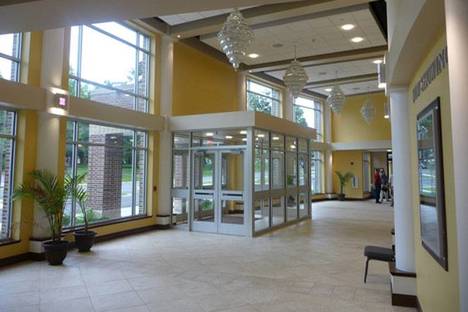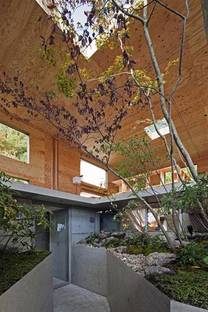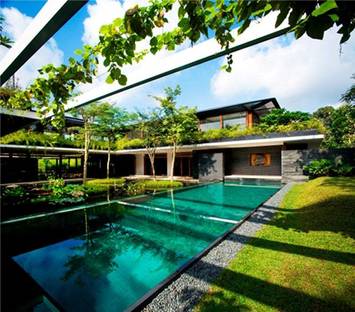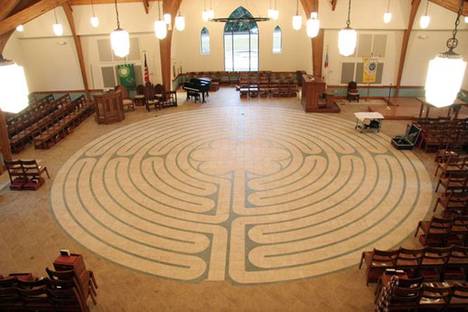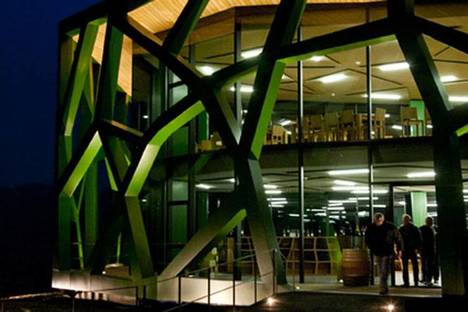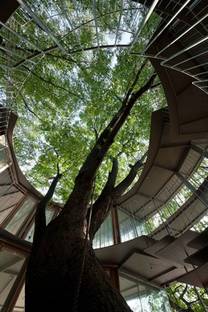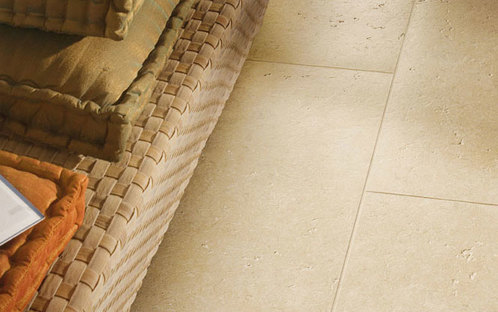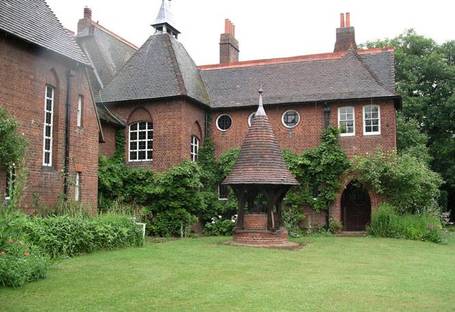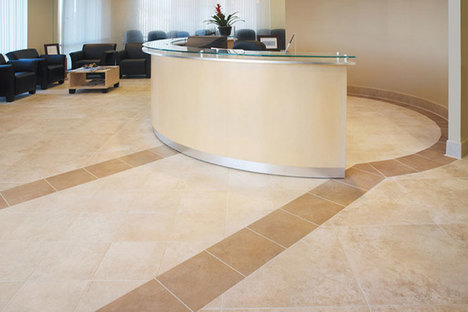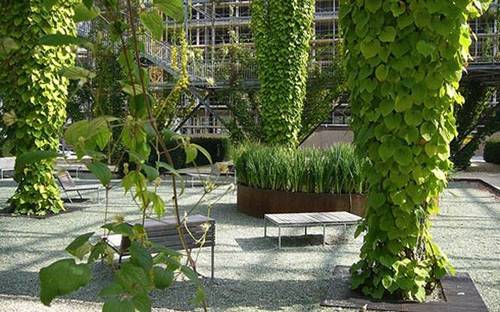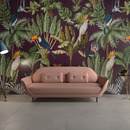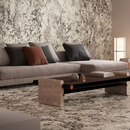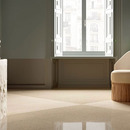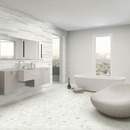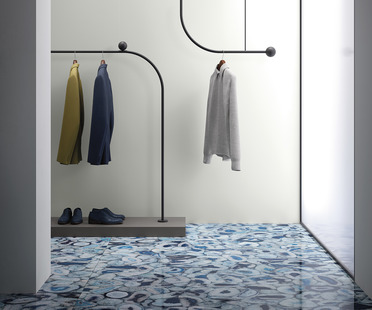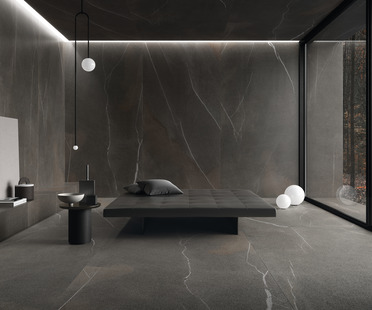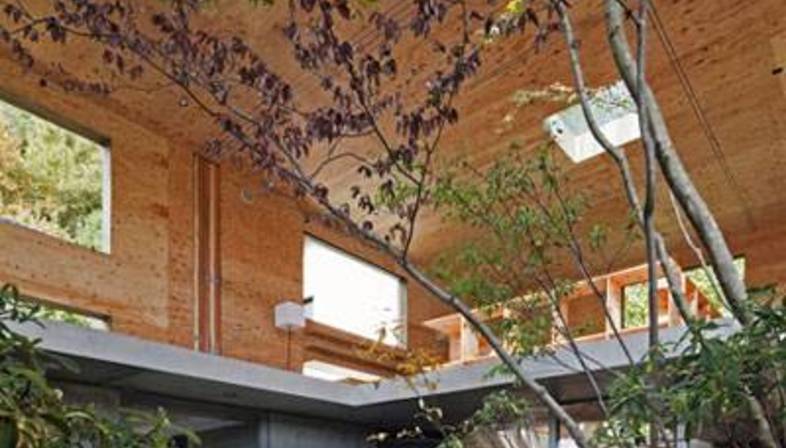










Constant sources of inspiration and analysis, forms based on nature continue to appear in modern debate among designers, architects and visual artists: their simplicity and compositional variety continues to provide inspiration for reflection and new suggestions.
In the east, natural forms have always converged upon aspects of meditation and observation, as nature plays a central role in society and the arts: the organic nature, vitality, even the imperfection and asymmetry of plant forms represent elements of added value.
In the west, on the other hand, reflection has developed out of the nineteenth-century opposition between handcrafts and industrial production (with the Arts and Crafts movement, Ruskin?s theories and Morris?s work). The concepts of uniqueness and originality are contrasted with those of identical mass production, quickly channelling debate in the direction of the aesthetics of the object produced.
“True beauty results from that repose which the mind feels when the eye, the intellect and the affects are satisfied from the absence of any want”, said Owen Jones in his Grammar of Ornament (1856).
Propositions such as these are more relevant than ever today if we consider the variants of Stonepeak porcelain stoneware, which, in the modern context in which the eastern vision meets western design, identify natural stones as the starting point and the model for arrival.
In the Limestone collection, offering 6 variations on limestone in different hues, no tile is exactly like any other, just as in nature: such individuality and beauty may also be found in the new Land collection, in which the 4 colours pick up on variations in the earth over time.
Marco Privato
Captions
01_Virginia Thomas Law Center for Performing Arts, Charleston, West Virginia. Design: Bastian & Harris Architects (site: http://bastianandharris.com/)
02_Private home in Onomichi, Hiroshima, 2010. Design: Keisuke Maeda (UID architects). Photo credits: ©Hiroshi Ueda
03_The Cluny House, Singapore. Project: GUZ Architects. Photo credits: Patrick Bingham-Hall
04_Holy Trinity Church, North Carolina. Design: Renee Olive. Distributor: Tile, Inc.
05_Tramin Winery in Termeno (Bolzano), 2010. Design: Werner Tscholl. Courtesy of Consorzio Turistico di Bolzano Vigneti e Dolomiti, Pizzini Scolari Comunicazione
06_Ring Around a Tree, Tokyo. Design: Tezuka Architects. Photo credits: Katsuhisa Kida/FOTOTECA
07_Limestone Collection, Stonepeak Ceramics. Designed for both public places and homes, available in six colours.
08_The Red House, Bexleyheath, London, 1859. Designed by William Morris and architect Philip Webb. Photo credits: author: Velela, CC BY_SA 3.0
09_Homefield Financial, Downey, California. Design: Bole International
10_MFO-Park, Oerlikon, Zurich. Design: Burckhardt + Partner (architects) e Raderschall Landschaftsarchitekten AG. Photo credits: Michael Freisager, raderschallpartner, Stadt Zürich










